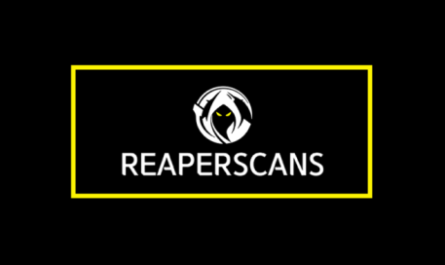Last Updated on September 14, 2023 by Sohail Qaisar

In today’s data-driven world, businesses rely on accurate and timely information to make informed decisions. A managed reporting system is an essential tool for gathering, processing, and presenting data in a way that is meaningful and actionable. Whether you’re a small startup or a large enterprise, implementing a managed reporting system can streamline your operations and give you a competitive edge. In this comprehensive guide, we will explore the steps and best practices for implementing a managed reporting system that suits your organization’s needs.
Understanding the Basics
Before diving into the implementation process, it’s crucial to grasp the fundamentals of a managed reporting system. Essentially, this system is a set of tools, processes, and technologies that facilitate the creation, distribution, and analysis of reports based on an organization’s data. The primary goal is to provide decision-makers with the insights they need to drive business growth.
Assessing Your Reporting Needs
One size does not fit all when it comes to managed reporting systems. The first step in implementation is to assess your organization’s reporting needs. Consider the following factors:
- Business Objectives: Identify the specific goals you want to achieve through reporting. Are you looking to improve sales, optimize operations, or enhance customer service?
- Data Sources: Determine where your data resides. It could be in various databases, spreadsheets, or even external sources like cloud-based applications.
- User Requirements: Understand the different roles within your organization and their reporting requirements. What information do various departments need to make informed decisions?
- Frequency and Format: Decide how often reports need to be generated and in what format (e.g., dashboards, PDFs, or Excel sheets).
Selecting the Right Tools
Choosing the right tools is pivotal to a successful managed reporting system. Here are some considerations:
- Reporting Software: Invest in reporting software that aligns with your organization’s needs. Popular options include Microsoft Power BI, Tableau, and QlikView.
- Data Integration: Ensure your chosen software can seamlessly integrate with your existing data sources. This integration is crucial for real-time reporting.
- Scalability: Select tools that can grow with your organization. Scalability ensures your reporting system remains effective as your data volumes and user base increase.
Data Collection and Preparation
Once you have your tools in place, the next step is to gather and prepare your data. Data collection involves pulling information from various sources and centralizing it in a data warehouse or data lake. This process may require data cleansing and transformation to ensure data quality and consistency.
Designing and Creating Reports
The heart of any managed reporting system is the reports themselves. When designing reports, consider the following:
- Visualizations: Choose the right charts and graphs to represent your data effectively. Clarity is key.
- Interactivity: Create interactive reports that allow users to drill down into the data and explore it from different angles.
- Automation: Implement automated report generation and distribution to save time and ensure reports are always up-to-date.
User Training and Adoption
A managed reporting system is only valuable if users know how to use it effectively. Provide comprehensive training to your team, emphasizing the importance of accurate data entry and understanding report outputs. Encourage adoption by demonstrating how the system can simplify their work and enhance decision-making.
Data Security and Compliance
In today’s regulatory landscape, data security and compliance are absolute imperatives. Implement robust security measures to protect sensitive data, and ensure your reporting system complies with industry-specific regulations such as GDPR or HIPAA.
Performance Monitoring and Optimization
After implementation, continuously monitor the performance of your managed reporting system. Identify bottlenecks, track user engagement, and gather feedback to make necessary improvements. Optimization is an ongoing process to ensure your system remains efficient and meets evolving business needs.
Conclusion
In conclusion, implementing a managed reporting system is a strategic investment that can drive your organization’s success by providing actionable insights. By understanding your reporting needs, selecting the right tools, and following best practices for data collection, report design, and user training, you can unlock the full potential of your data. Remember that successful implementation is just the beginning; ongoing monitoring and optimization are essential for long-term success in the data-driven world.
Though implementing a managed reporting system may appear challenging, with meticulous planning and the correct strategy, your organization can leverage the potential of data to make informed choices and secure a competitive edge within your industry.


